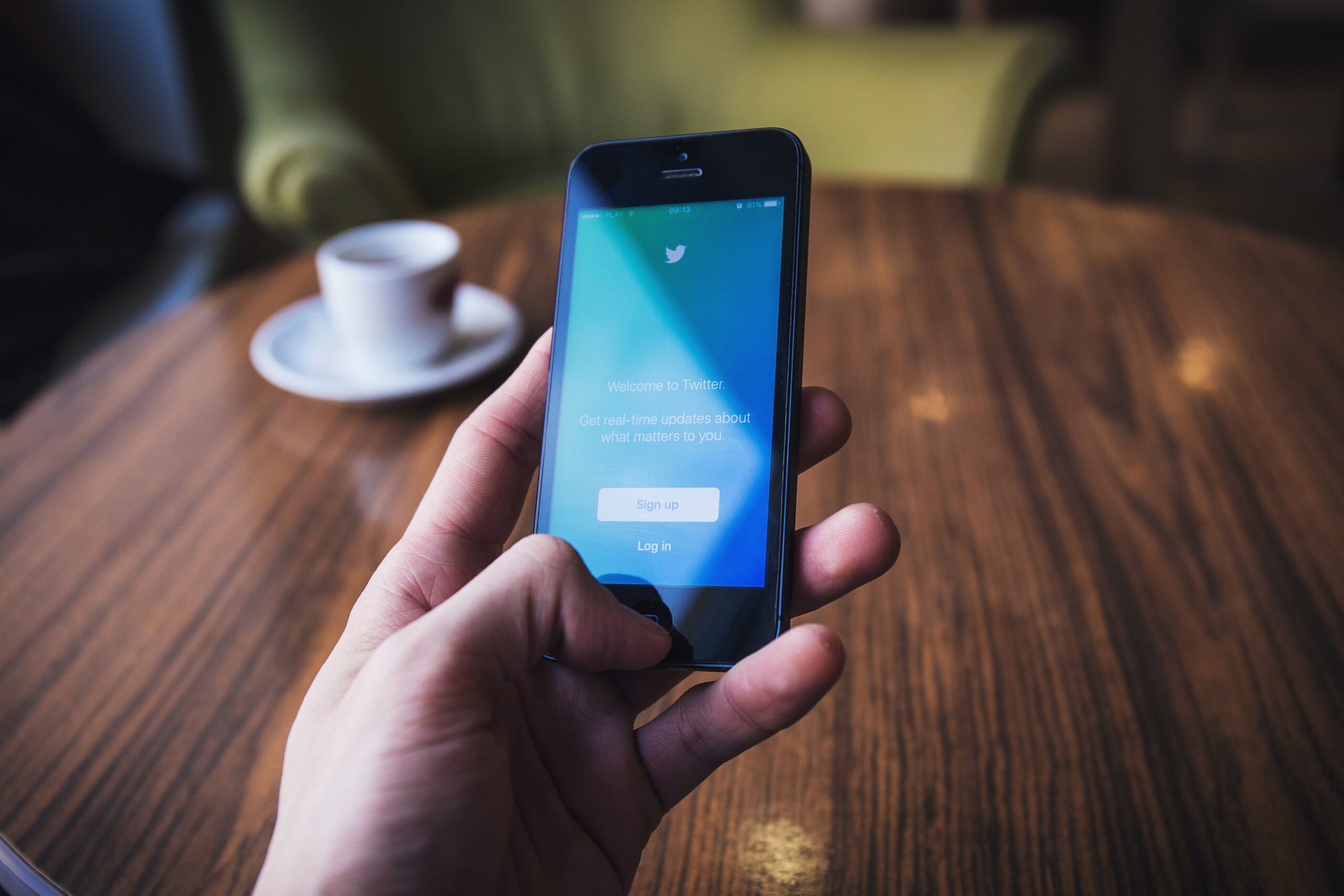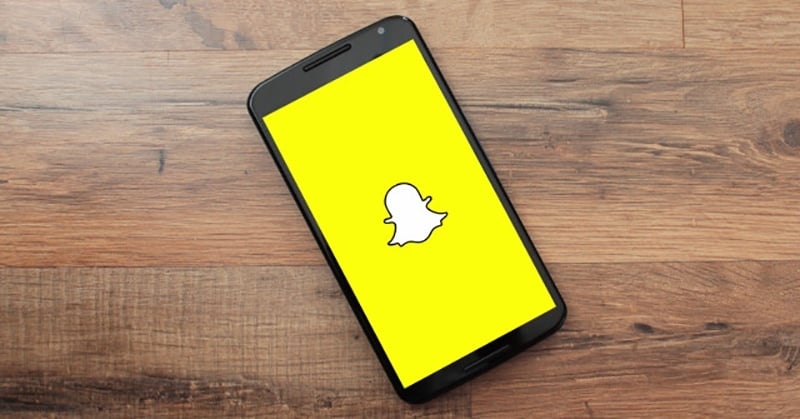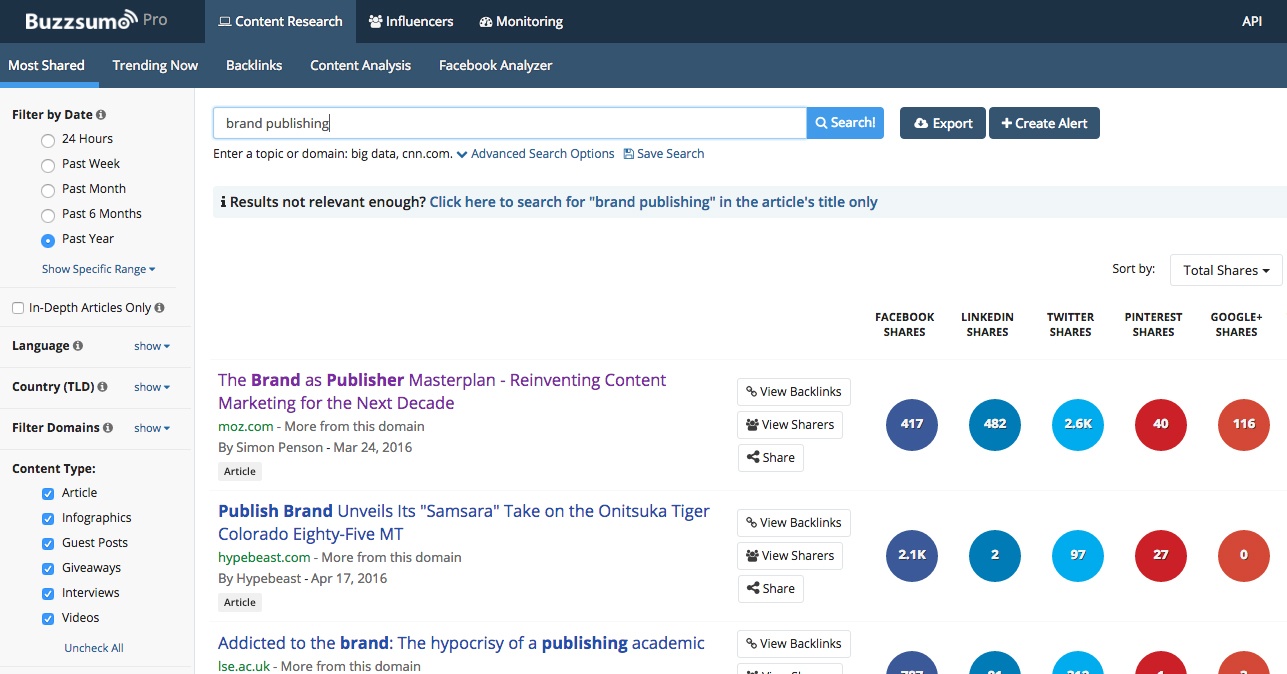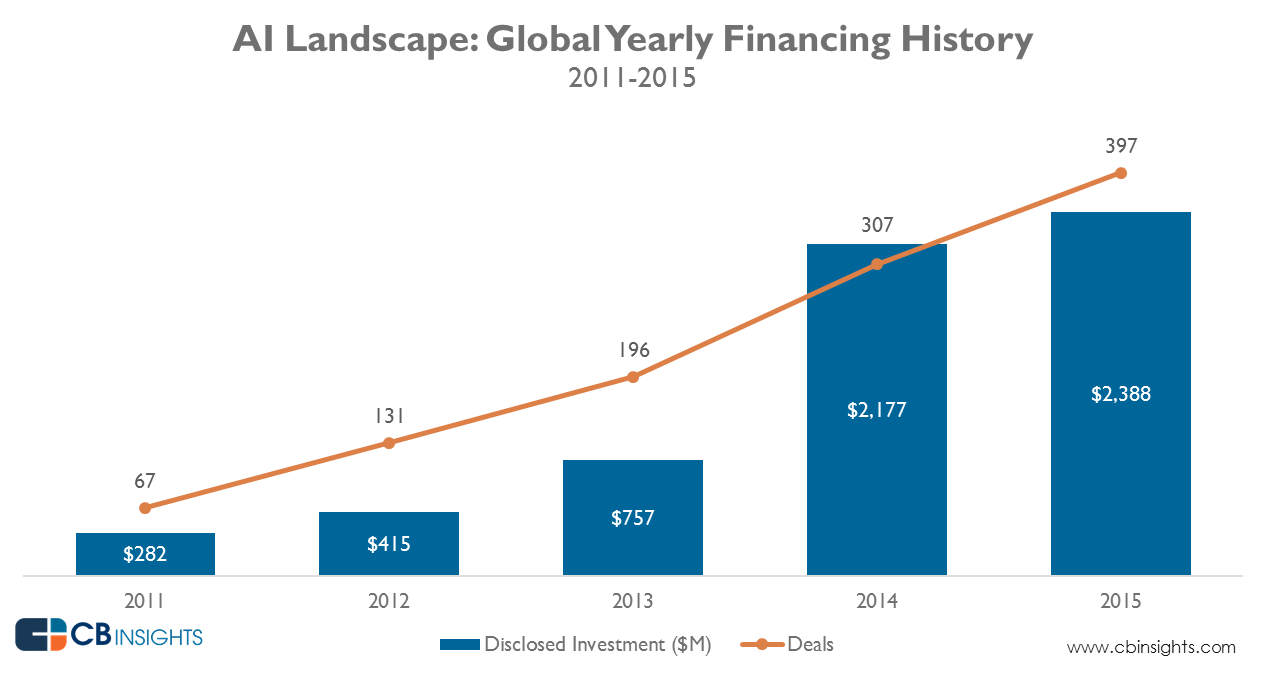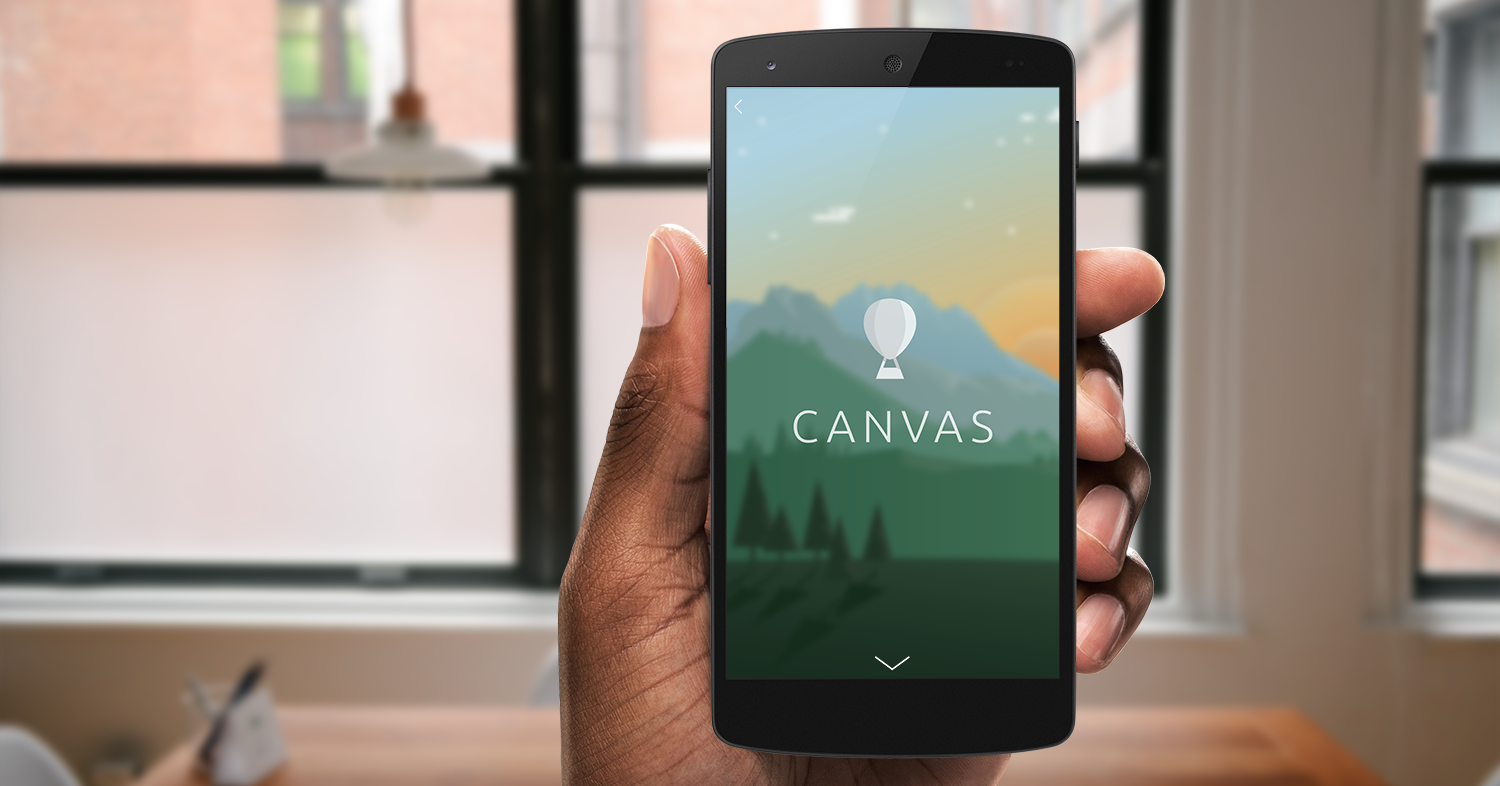
09 Aug The Case for Live Tweeting
When I first started working in social media marketing, we developed content for Facebook and Twitter nearly exclusively. They were the “big two” platforms, where brands were starting to play. Skip ahead five years to today, and it would be a vast understatement to say that the industry has changed. From content types to audience growth to paid media and beyond, every element of marketing on social media has become more platform-specific. Brands are chastised for replicating posts across Facebook, Twitter, Instagram, and Pinterest—and why shouldn’t they be? These channels are diverse in their capabilities, strengths, and weaknesses, just like their outdoor, print, and TV predecessors. Today, if you asked a 21 year old what the “big two” social media platforms are, what do you think she would say? Snapchat and Facebook? Instagram and WhatsApp? It’s a safe bet to say that she wouldn’t name Facebook and Twitter outright. Since my first months as a community manager back in 2011, Facebook has become a Google-esque behemoth; it’s an automatic part of any smart marketing mix. Twitter… not so much. While the real-time platform is no slouch, with more than 65 million daily active users in the US, it has yet to definitively carve out its niche as a marketing tool. As a result, where Facebook is a no-brainer, Twitter may not even register for brand managers who just aren’t sure what value it offers. But we are here to tell you that, despite the fact that Twitter has done a terrible job of articulating its value, marketers would be remiss to ignore its unique strengths and capabilities. One of those strengths, Live Tweeting, will be about as visible and powerful as any other media over the next month. That’s because of the #Olympics.02 Aug Calculate the ROI of Your Content Marketing With This One Simple Equation
 How much money does your business make thanks to your content marketing program? No idea? You're not alone.
Tying content marketing efforts to profit is a complicated task—and it's not getting any simpler. Customer journeys are increasingly non-linear: our leads hit many different marketing touch points, often out of "order," producing multiple sets of metrics to analyze. As a result, the amount of data at our fingertips becomes overwhelming, even distracting.
As CB/I Digital COO Mike Le recent pointed out, it’s easy to get tied up in the vanity metrics of each channel and lose sight of actual conversions. We've all been there (as we'll get into shortly). To avoid data distraction, we'd like to resurface an oldie but goodie practice: look at the big picture.
The way we see it, there's one simple equation for understanding true ROI: the total amount of money invested in your content marketing versus the total value of the generated leads. Let's go back to math class for a second and build out this equation.
How much money does your business make thanks to your content marketing program? No idea? You're not alone.
Tying content marketing efforts to profit is a complicated task—and it's not getting any simpler. Customer journeys are increasingly non-linear: our leads hit many different marketing touch points, often out of "order," producing multiple sets of metrics to analyze. As a result, the amount of data at our fingertips becomes overwhelming, even distracting.
As CB/I Digital COO Mike Le recent pointed out, it’s easy to get tied up in the vanity metrics of each channel and lose sight of actual conversions. We've all been there (as we'll get into shortly). To avoid data distraction, we'd like to resurface an oldie but goodie practice: look at the big picture.
The way we see it, there's one simple equation for understanding true ROI: the total amount of money invested in your content marketing versus the total value of the generated leads. Let's go back to math class for a second and build out this equation.
19 Jul Believe Facts, Not Hype: Four Myths About Snapchat
Savvy marketers embrace platforms that claim attention, not just hype. Snapchat has long been in the upper echelons of hype-generators, from its days as the naughty network for short-lived sexts to its infamous rejection of $3 billion dollars from Facebook. But ever since declining that buyout, Snapchat has matched its bad-boy buzz with savvy product tweaks, clever brand promotion, and innovative ad formats. Users and advertisers have followed in droves.
Still, myths abound about Snapchat, its user base, its best practices, and its utility for marketers. This is understandable. More than any other social app, Snapchat was built for digital natives; it takes time to master the platform’s nuances, and its leadership hasn’t shown themselves eager to sacrifice user experience for the sake of raking in money (though the winds of change have begun to blow).
We will not argue today that all brands belong on Snapchat. However! We do believe that all brands should at least consider it. To understand why, let’s rebuke some of the more resilient untruths about Snapchat.
12 Jul Why You Should Use BuzzSumo, The One Content Marketing Tool We Can’t Live Without
During our first few months as a bootstrapped social media agency, we’ve been really careful in making investments we think will pay for themselves, and then some. One tool that's easily worth $99 a month from our budget is the “Pro” version of BuzzSumo, a platform that helps users “analyze what content performs best for any topic or competitor.” So far, it’s been indispensable in developing content strategies for both BlueWing and our clients. Put simply, BuzzSumo is a content marketing service that tracks both web content and shares across the major social media sites, including Facebook, Twitter, Pinterest, LinkedIn and Google+. It’s a foolproof way to identify the influencers, websites, and individual posts that are most popular within a niche. Armed with this information, publishers can produce their own content with the confidence that it will resonate with their target audience. Let’s dive into the different features and how we use them.06 Jul Why Facebook Is Investing So Much in Artificial Intelligence
Investment in artificial intelligence startups is exploding. According to venture capital data company CB Insights, equity funding for AI companies reached a record high in the first quarter of 2016, and "over 200 AI-focused companies have raised nearly $1.5B" so far this year.
Artificial intelligence's applications extend far beyond the design of human-like robots. Fans of HBO's Silicon Valley might be familiar with Pied Piper's "neural net," the artificial intelligence layer that makes their compression algorithm smarter without any additional human brainpower. (Or, more importantly, human brain-hours.) In the real world, from which Silicon Valley borrows heavily, Facebook and other technology companies are looking to take advantage of AI in similar ways.
The potential use cases for AI in the social media space are far-reaching. Unsurprisingly, Facebook has emerged as one of the key players, leading the charge with both massive internal projects and select acquisitions of smaller companies. Here's what they're up to and why.
28 Jun The Beginner’s Guide to Facebook Canvas
Some of the most efficient ads you can buy in 2016 are on Facebook. And the best ads on Facebook today are more than images or videos. They’re experiences.
For a stellar example of this, we’re pretty bullish on Facebook’s Canvas ad product. This unit is driving serious results for its beta test users—it’s worth exploring whether you can make it work for an upcoming campaign.
23 Jun Every Possible Way to Target Ads Using an Email Address
Target ads for the long haul with email.
Building a quality email list is a cornerstone of an effective digital marketing strategy. While having a relevant following on social media channels is crucial, to reach them you must play in another platform’s sandbox. An email list is something you own. There are no algorithm changes, terms of service, or fickle user bases. Social media platforms fall in and out of grace year-over-year, but people hold onto their email accounts for much longer. Like a digital social security number, email addresses have become powerful personal identifiers. Digital advertising platforms are increasingly allowing marketers to zero in on users based solely on their email addresses; with each new way you can target someone outside of their inbox, the importance of building an email list has increased. Below, we've put together a guide outlining every possible way you can advertise to someone using their email address. As new platforms open their targeting to include email addresses (what's up, LinkedIn?), we'll add them to the list. If there's any we are missing, please hit us up on Twitter.- 1
- 2



